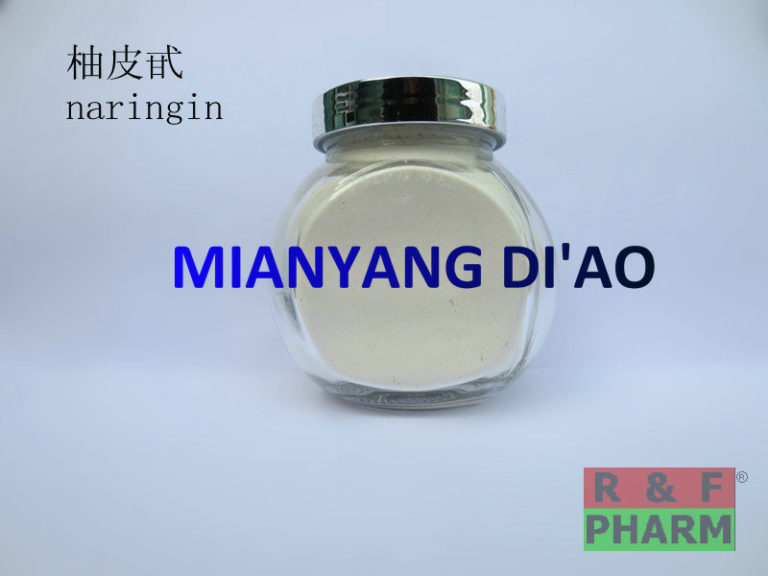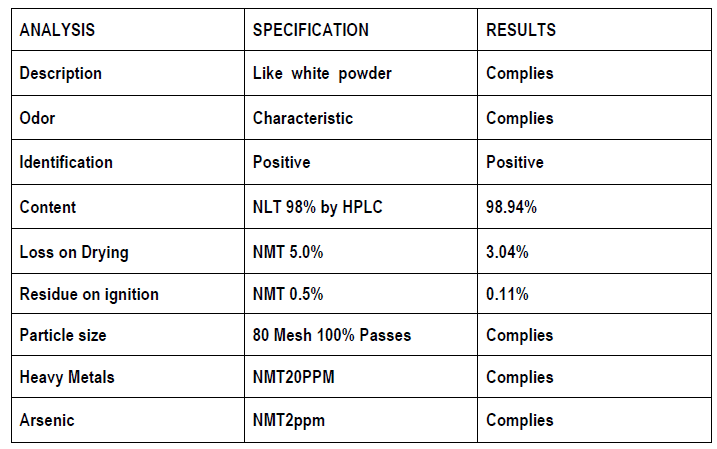Products
Naringin


Naringin is a natural chemical compound known as a bioflavonoid found in grapefruit, giving it its bitter flavor. Hence, the food industry, however, uses naringin as a bitter in “tonic” beverages, bitter chocolate, ice cream, and ices.
This bioflavonoid has antioxidant and antifungal properties, and as such may help prevent cancer and atherosclerosis (hardening of arteries), as well as a number of other ailments, such as Herpes, Diabetes, Alcoholism, Heart failure, Chronic venous insufficiency, Bruising.
Naringin also works synergistically with other nutrients, increasing the bio-availability (how much nutrient is absorbed by the body) and therefore maximizing the health benefits of these nutrients.
Of course, it is important to note this citrus extract interferes with enzyme activity in the intestines, and therefore can inhibit the breakdown of certain drugs. That is why you should consult with your physician if you are on any medication before eating grapefruit.
Naringin belongs to the flavonoid family. Flavonoids consist of 15 carbon atoms in 3 rings, 2 of which must be benzene rings connected by a 3 carbon chain. It contains the basic flavonoid structure along with two rhamnose units attached to its aglycone portion, called naringenin, at the 7-carbon position. The steric hindrance provided by the two rhamnose units makes naringin less potent than its aglycone counterpart, naringenin.
Metabolism
In humans, naringinase is found in the liver and rapidly metabolizes it into naringenin. This happens in two steps- first, it is hydrolyzed by α-L-rhamnosidase activity of naringinase to rhamnose and prunin. The prunin formed is then hydrolyzed by β-d-glucosidase activity of naringinase into naringenin and glucose. Naringinase is an enzyme that has a wide occurrence in nature and can be found in plants, yeasts, and fungi. It is commercially attractive due to its debittering properties.
Toxicity
The typical concentration of naringin in grapefruit juice is around 400 mg/l. The reported LD50 of naringin in rodents in 2000 mg/kg.
It inhibits some drug-metabolizing cytochrome P450 enzymes, including CYP3A4 and CYP1A2, which may result in drug-drug interactions.[5] Ingestion of naringin and related flavonoids can also affect the intestinal absorption of certain drugs, leading to either an increase or decrease in circulating drug levels. To avoid interference with drug absorption and metabolism, the consumption of citrus (especially grapefruit) and other juices with medications is advised against.
Di’ao Pharma supply high quality citrus extracts and derivatives.
